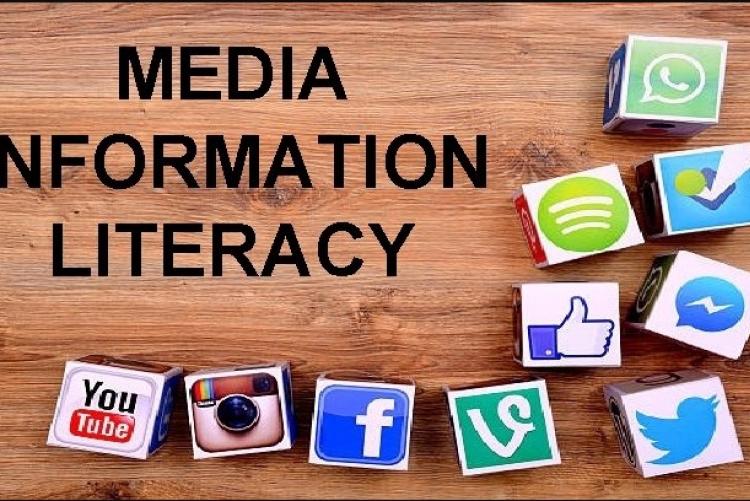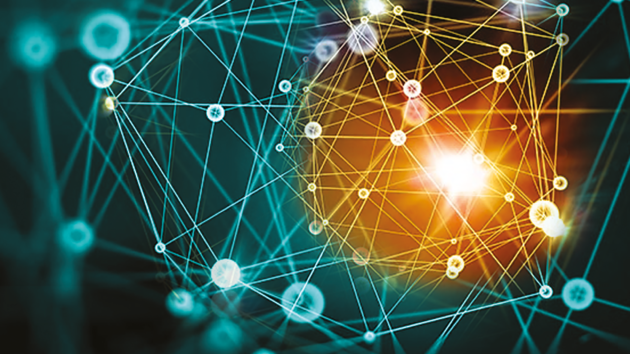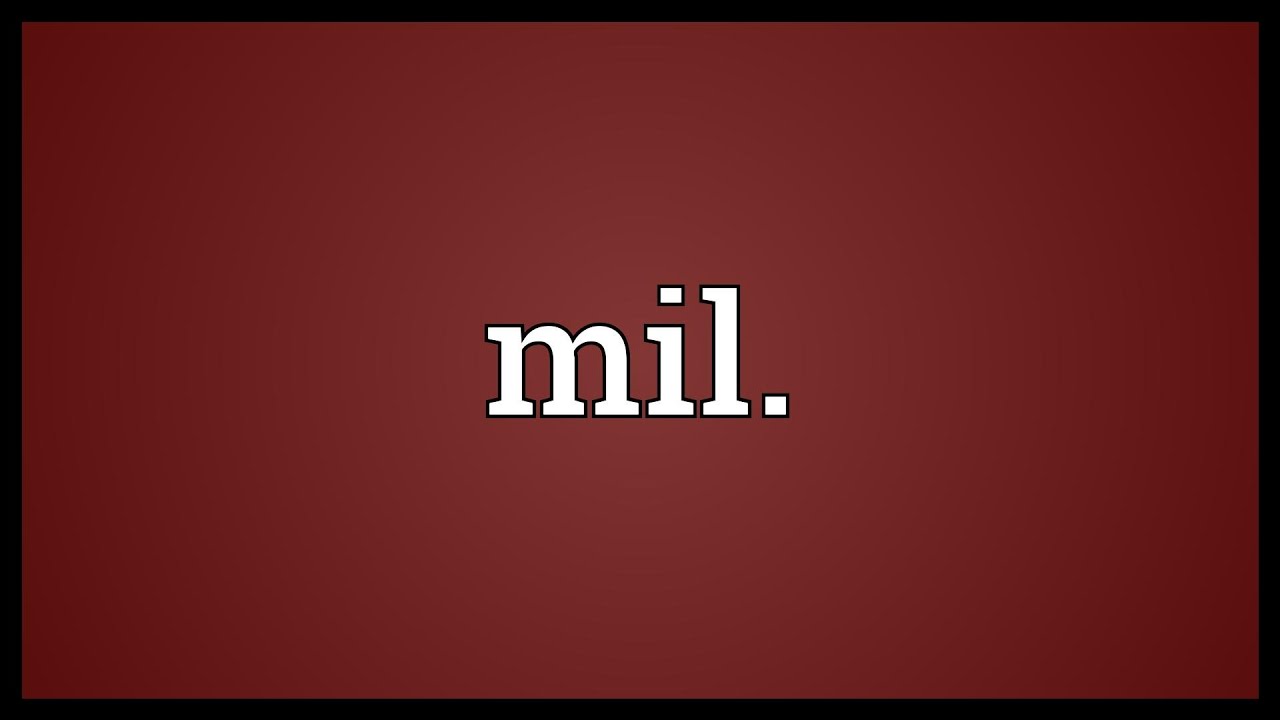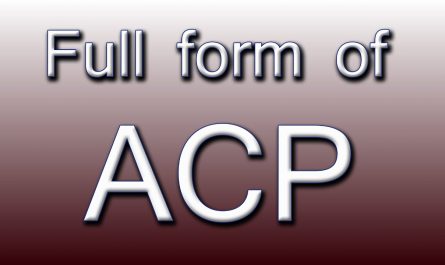Media and Information Literacy (MIL) is a multidimensional concept that encompasses a range of competencies required to access, evaluate, analyze, and create media and information in various formats. At its core, MIL involves the ability to think critically, understand and use different media and information sources effectively, and participate responsibly in a digital society. It goes beyond the traditional understanding of literacy and involves engaging with media content in a meaningful and discerning manner.

MIL Full Form
The full form of MIL in the context of Media and Information Literacy is “Media and Information Literacy.” It encompasses a wide array of skills and competencies, including information retrieval, critical analysis, media production, and responsible media consumption. By developing MIL skills, individuals become adept at navigating the media landscape and utilizing information effectively to make informed decisions.
MIL Full Form in Odia
In the context of the Odia language, MIL has a distinct full form. In Odia, MIL stands for “ମାଧ୍ୟମ ଓ ସୂଚନା ପଠନ” (Madhyama O Suchana Pathana). While the underlying concepts of Media and Information Literacy remain consistent, MIL Full Form Odia specifically focuses on the Odia language and its media landscape. It emphasizes the importance of developing MIL skills within the cultural and linguistic context of Odisha.

Importance of MIL
Media and Information Literacy (MIL) holds immense significance in the digital age, where information overload and misinformation pose significant challenges. Understanding the importance of MIL is vital in promoting informed and responsible media engagement. Here are some key reasons why MIL is crucial:
- Critical Thinking: MIL empowers individuals with the critical thinking skills necessary to assess and evaluate the credibility, bias, and accuracy of media and information sources. It encourages them to question and verify information, thus reducing the risk of falling victim to misinformation or propaganda.
- Information Literacy: MIL equips individuals with the skills needed to become information literate. They learn how to find, analyze, and utilize information effectively, allowing them to make well-informed decisions in various aspects of life.
- Digital Citizenship: MIL promotes responsible and ethical behavior in the digital space. It encourages individuals to engage with online platforms responsibly, respecting the rights and opinions of others while actively participating in constructive discussions.
- Empowerment: MIL empowers individuals to actively participate in democratic processes and exercise their right to freedom of expression. It enables them to voice their opinions, engage with diverse perspectives, and contribute to the public discourse.
- Cultural Understanding: MIL exposes individuals to a wide range of media content, including diverse cultural representations. It fosters tolerance, empathy, and inclusivity by encouraging individuals to appreciate and respect different cultures and viewpoints.
MIL in the Context of Education
MIL’s impact extends beyond the digital realm; it plays a significant role in education. By incorporating MIL into educational curricula, students are equipped with the skills necessary to critically engage with media and information. They learn how to discern reliable sources, identify biases, and become responsible creators of media content. MIL in education also prepares students to navigate the digital landscape safely and responsibly.

MIL in the Digital Age
With the rapid advancement of digital technologies, MIL has become more critical than ever. The digital age has transformed the way we consume and interact with media and information. MIL enables individuals to navigate the complex digital landscape, avoid misinformation and disinformation, and become discerning consumers of media content. It also helps individuals leverage digital tools and platforms effectively for personal and professional growth.
MIL and Information Literacy
Information literacy is a core component of MIL. MIL enhances information literacy skills, enabling individuals to locate, evaluate, and use information effectively. By developing information literacy, individuals can distinguish credible sources from unreliable ones, identify biased content, and make well-informed decisions.
MIL and Social Media
Social media platforms have become integral to our daily lives. MIL empowers individuals to develop a critical understanding of social media and its impact on society. It enables users to identify and combat fake news, filter information, and engage in respectful and meaningful online interactions. By being media and information literate on social media, individuals can contribute to a more constructive digital environment.
MIL for Personal Development
MIL is not only relevant for academic or professional purposes but also for personal development. By developing MIL skills, individuals can make informed decisions, form opinions based on reliable sources, and enhance their overall knowledge and understanding of the world. MIL’s influence extends to various aspects of life, including personal relationships, consumer choices, and civic engagement.

MIL and Language Skills
Language skills are an essential aspect of MIL. Effective communication and comprehension of media and information require a solid grasp of language. MIL aids in developing language skills, including reading, writing, speaking, and listening, which are essential for effective media engagement. By enhancing language skills, MIL empowers individuals to express themselves effectively and engage with media content more profoundly.
MIL and Critical Thinking
Critical thinking is a fundamental skill fostered by MIL. MIL encourages individuals to question, analyze, and evaluate information critically. By honing critical thinking abilities, individuals can identify misinformation and propaganda, distinguish between fact and opinion, and develop well-reasoned perspectives. Critical thinking is a valuable skill for problem-solving, decision-making, and lifelong learning.
MIL and Cultural Understanding
Media plays a significant role in shaping cultural perceptions and fostering intercultural understanding. MIL exposes individuals to diverse cultural perspectives, narratives, and cultural representations. By appreciating and respecting different cultures, MIL fosters tolerance, empathy, and inclusivity. This cultural understanding is essential in a globalized world, where intercultural communication and collaboration are increasingly prevalent.
MIL in Different Sectors
MIL’s relevance extends across various sectors, including education, journalism, healthcare, business, and governance. In each sector, MIL empowers professionals to critically engage with media and information relevant to their field, enhancing decision-making processes and fostering transparency and accountability. For journalists, MIL ensures responsible reporting and fact-checking, while in business and governance, it aids in informed decision-making and communication with stakeholders.
Other MIL Full Forms
While the primary full form of MIL discussed in the article is “Media and Information Literacy,” there are several other acronyms that use the abbreviation “MIL” in various contexts. Here are a few examples of other MIL full forms:
- MIL – Mother-In-Law: In informal contexts, MIL can refer to “Mother-In-Law,” denoting the mother of one’s spouse.
- MIL – Military: In the context of armed forces or defense, MIL can stand for “Military.” It is commonly used in military-related discussions and documents.
- MIL – Machine-Readable Identification Label: In industrial or manufacturing settings, MIL can refer to “Machine-Readable Identification Label,” which is used for product tracking and identification.
- MIL – Microcontroller Infrared Library: In electronics and embedded systems, MIL can stand for “Microcontroller Infrared Library,” which is a software library for controlling infrared communication.
- MIL – Multiple Independent Levels of Security: In the field of security and classified information, MIL can refer to “Multiple Independent Levels of Security,” a system that allows different levels of classification to be handled separately.
- MIL – Minimum Indirect Illumination Level: In lighting and photometry, MIL can denote “Minimum Indirect Illumination Level,” which refers to the minimum level of illumination required for specific applications.
- MIL – Molybdopterin-Containing Oxidoreductase: In biochemistry and molecular biology, MIL can represent “Molybdopterin-Containing Oxidoreductase,” a group of enzymes involved in redox reactions.
- MIL – Minimum Ignition Level: In fire safety, MIL can stand for “Minimum Ignition Level,” which refers to the minimum concentration of a flammable substance required for ignition.
Conclusion
In an era of information overload and misinformation, Media and Information Literacy (MIL) is paramount. It equips individuals with the necessary skills to navigate, analyze, and create media and information effectively. MIL promotes critical thinking, information literacy, and responsible digital citizenship. By developing MIL skills, individuals can become discerning consumers and creators of media content, contributing to a more informed and engaged society.
Also Read: What is The WMK Full Form? What are The Usage, Benefits, and Prospects of WMK?
FAQs (Frequently Asked Questions)
Media and Information Literacy (MIL) enhances education by promoting critical thinking, information literacy, and responsible media engagement. By integrating MIL into curricula, students develop skills necessary for the digital age and become discerning consumers of information.
MIL empowers individuals to identify and evaluate fake news sources, enabling them to make informed decisions and avoid spreading misinformation. By honing critical thinking skills, individuals can spot false information and verify the credibility of sources.
Yes, MIL is a skill set that can be learned and practiced by individuals of all ages and backgrounds. It is never too late to develop MIL skills and become media and information literate.
No, while MIL has a strong connection to digital media, its principles, and competencies are applicable to various media formats, including print, television, and radio. MIL focuses on effective engagement with media content, regardless of the format.
MIL exposes individuals to diverse cultural perspectives and representations through various media. By encouraging individuals to appreciate and respect different cultures, MIL fosters cultural understanding, empathy, and inclusivity.



